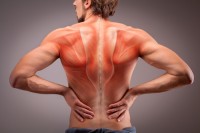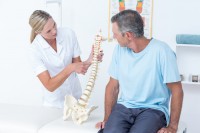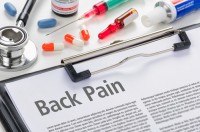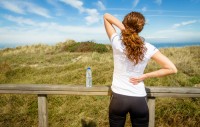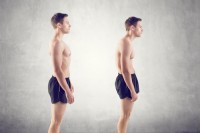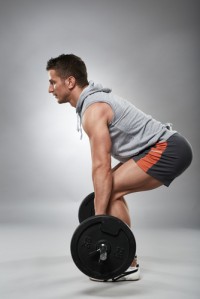Ice or Heat for Back Pain?
There is a lot of conflicting information as to whether ice or heat is better for back pain.
Amongst modalities, even amongst practitioners within the same modalities there is conflicting views and opinions.
Whilst there is great benefit in both approaches what is absolutely integral is that the back pain patient and or the practitioner have a clear goal of what they are trying to achieve in using either heat or ice.
We will attempt to remove biases and instead focus in on both the different sources of back pain, and the different approaches to alleviating back pain and how either ice or heat can help or hinder.
Ice treatment is dedicated to achieving:
- Reduction in swelling (anti inflammatory)
- Pain relief (analgesia)
Heat treatment is dedicated to achieving:
- Promotion of blood flow
- Muscle relaxation
- Pain relief (analgesia)
In the event of an acute back flare up ice treatment can provide effective pain relief until the area settles down.
In the event the practitioner is trying to reduce inflammation of the back, ice treatment can assist following the treatment and is frequently prescribed by practitioners for this reason.
In the event of a back spasm, heat can assist by relaxing the muscles, promoting blood flow which can provide pain relief and ease the symptoms.
With chronic back pain, the vast majority of sufferers use heat as a form of relief either through intuition or trial and error.
If you are suffering from back pain, it is imperative that you get an accurate diagnosis from your doctor or practitioner and seek their guidance as to what is the most appropriate approach at that specific time. If you are unsure, then listen to your body, the is no definitive right or wrong answer to whether heat or ice is better for back pain, however you will feel better using one or the other, so let that be the guide.

